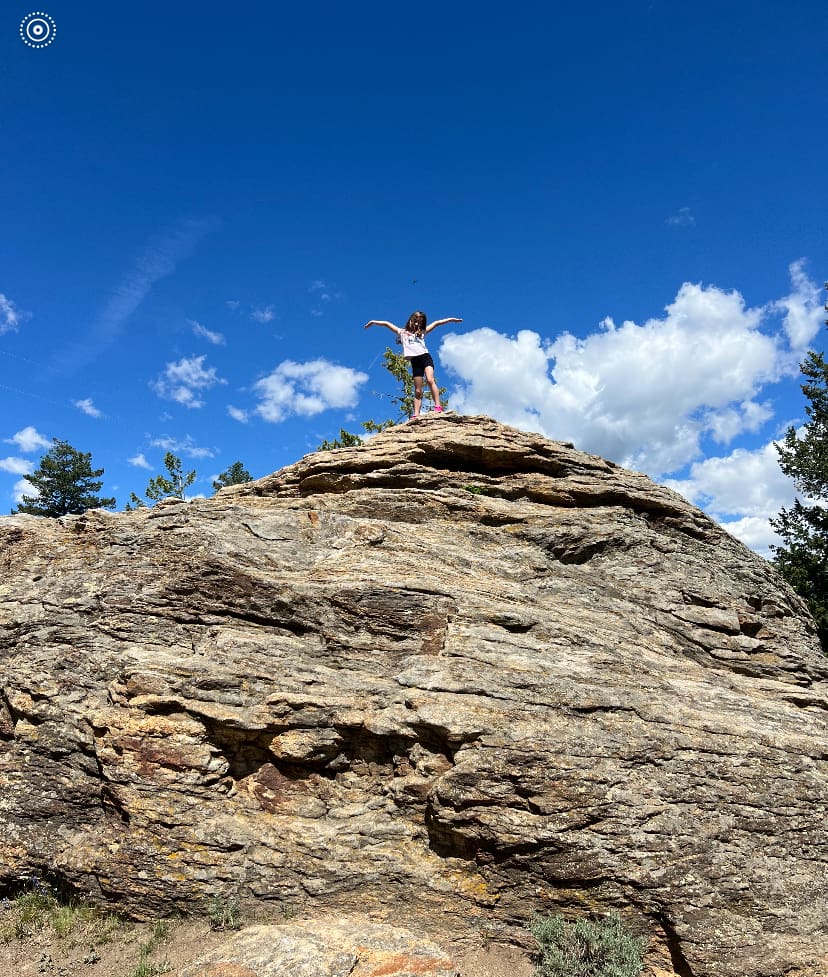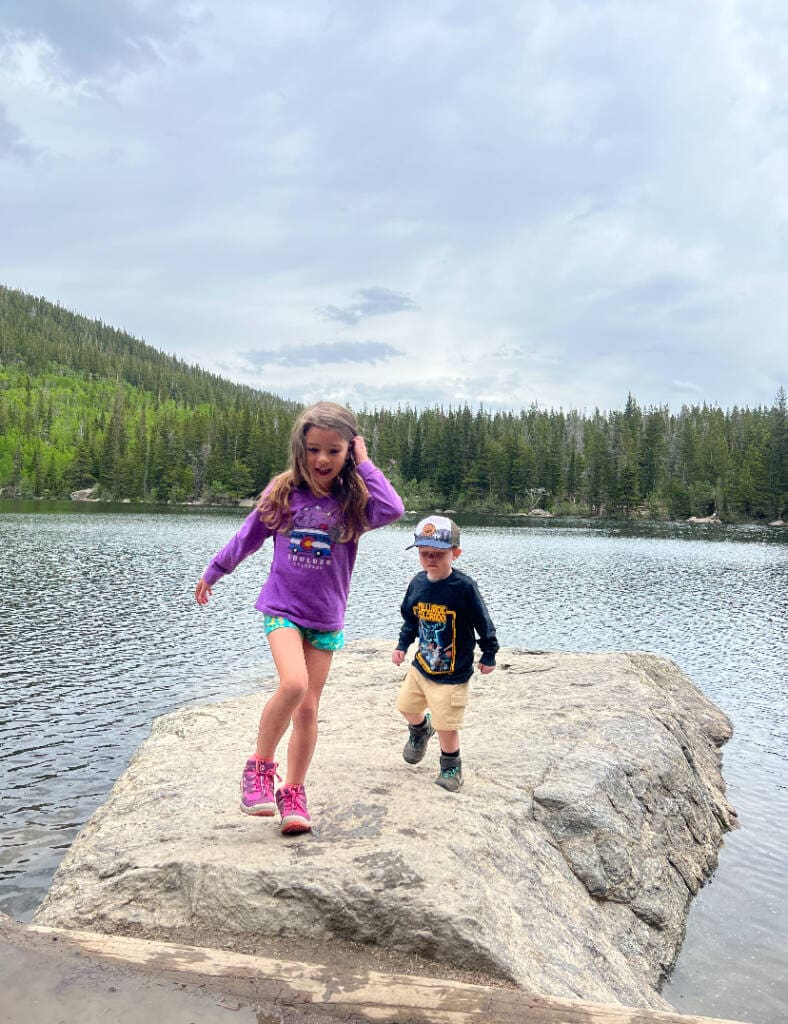As parents, one of our most important jobs in life is keeping our children safe and out of harm’s way. So, where do we draw the line when it comes to play? Risky Play for children has many benefits when done right.
Naturally, watching your kiddo climb a tree, swing from a bar, or jump off a swing induces some feelings of anxiety, however, these risky movements are doing so much more than just making our heart race. This kind of risky behavior is a crucial part of childhood development.
Risky Play for children gives them the opportunity to extend their limits and learn essential life skills. Let’s dissect and define some major benefits of risky play during childhood.

Developing Self-Confidence; when we set predetermined limitations on children, we’re convincing them that they are not capable of what they’re trying to achieve. When you remove those limitations, they’re able to push themselves further, reach more goals and feel proud of themselves and their achievements.
Self Awareness and Regulation; when you allow children to assess and encounter risk, you are giving them freedom to explore their own boundaries. They will learn first-hand what they are capable of and apply it in future activities.
Creativity and Problem-Solving Skills; risk naturally provides children with obstacles for them to find a way around. This fires up critical thinking. Risky play is great for developing resilience.
Improving Physical Abilities; higher-risk activity, such as climbing, balancing, jumping, etc. improves strength and coordination.
Mitigating Failure and Learning from Mistakes; risky play will present children with situations in which things don’t go as planned, in return, teaching children how to appropriately respond to failure, regulate emotions, and apply what they’ve just learned from their failed experience.
Risky Play for Children
No one wants to see their child get hurt and there are times when you need to draw boundaries if and when the risk outweighs the reward. With that being said, we live in a world where our youth is doing a lot more sitting, a lot more screen time and much less physical activity. I think there’s a balance with all aspects of life, and project no shame on parents for this but it does up the ante to encourage and nurture that risky play whenever applicable.

Allowing children to take risks can be applied in various aspects of each day. Whether that’s allowing them to climb on the kitchen counters to retrieve a cup, jumping from a platform at the park, or participating in an “extreme” sport, such as climbing, you’re helping your child grow. The more children are free to engage in risky play the better they will be at managing risks, judging what they are capable of, and keeping themselves safe. Take a step back, observe their process, talk them through it as needed, and limit your limitations. Risky play for children can be hard to watch at times, but the long term benefits will out weight your brief moments of anxiety.
Other Resources:
If you want a few other ideas and resources we like THIS BOOK from themeateater.com and the other resources they have for getting kids away from screens and into the wild. They have another book Catch A Crayfish, Count the Stars which is an outdoor activity book for kids.
In regards to studies on parenting and kids, check out Parentdata.org by economist Emily Oster.
Also our summit staff is full of parents that strive to keep their kids active, if you want to get perspective from the other coaches at summit check out the STAFF BIOS PAGE and get in touch with any one of us.



